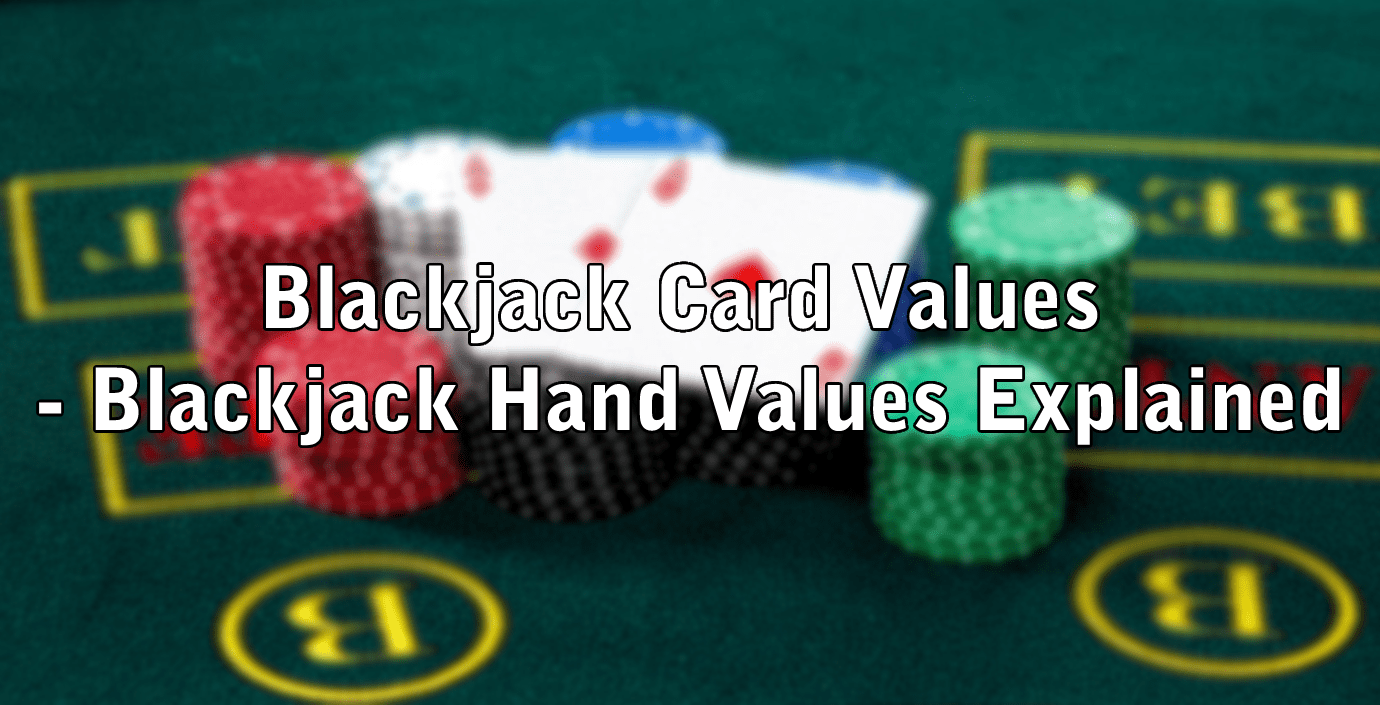
Blackjack can be one of the simplest casino games to learn and play, which is why it is so popular. The aim is to try to get a hand that is better than the dealer’s, and as close to 21 as possible without going bust.
If you are new to playing and are unfamiliar with blackjack card values, we’ve got you covered! In this Wizard Slots blog post, we will explain blackjack hand values, so continue reading to learn more!
Blackjack Card Values
Blackjack uses standard 52-card decks. The number of decks can differ depending on the variation of blackjack you are playing. The number of decks usually range from one to eight. For example, in Infinite Blackjack, 8, 52-card decks are used, which is the most amount of decks used in a blackjack game.
In blackjack, a deck of cards is shuffled to ensure randomness. The cards are then dealt. The players’ cards are dealt face up, while the dealer has one face up and one face down card.
If you aren’t familiar with blackjack card values, you’re probably wondering what each card is worth. Knowing this can help you be able to make better decisions when it’s your turn to act. The suit of the card does not make a difference; it’s only the numerical value you need to know. Here are all of the blackjack card values in a 52-card deck:
- Ace: Ace can be a great card to receive. It’s actually one of the cards you need to score a perfect blackjack. The Ace has a value of 1 or 11. It is one of the most valuable cards in blackjack since it gives you more playing options.
- Face cards: Face cards, sometimes known as royal cards, are the picture cards in the deck. These include Jacks, Queens and Kings. Each of these cards has a value of 10.
- Number cards: Number cards are worth their face value. The number on the card corresponds to how many points it is worth in blackjack. For example, the 2 card is worth 2 points, while the 10 card is worth 10 points, and so on.
When Is Ace Considered 1 Or 11?
Ace in blackjack has a value of 1 or 11. Depending on the hand you have been dealt, you can choose whether you think 1 or 11 is best. Let’s go through an example.
Imagine you have been dealt an Ace and a 7. The dealer’s upcard is a Queen (10 points). So, your total score would either be 8 or soft 18. The first value of 8 will automatically lose against the dealer’s upcard. Choosing Ace to have a value of 11 with a total score of 18 may give you the best chance.
So, you may choose to stand with your soft 18, or you could decide to take another card if using the total 8 value. If you get a face card, K, your hand would now be a hard 18 (1 + 7 + 10 = 18). Whereas if you got an 8, your total value would be 16 (1 + 7 + 8 = 16).
Basic Blackjack Strategy Explained
Understanding basic blackjack strategy is one of the first steps in learning how to play blackjack. To follow basic blackjack strategy, players can use a basic blackjack chart. A basic blackjack chart is a visual estimated guide on how to act based on the dealer’s up card in various scenarios. Knowing basic blackjack strategy can help you potentially make better decisions.
Our list on the dealer’s up card and chances of going bust below could also help you decide how to act in certain situations. This list has all the possible up cards the dealer could have, alongside their chances of going bust, displayed as a percentage.
- Up card 2: 35.30% chance the dealer is going bust.
- Up card 3: 37.56% chance the dealer is going bust.
- Up card 4: 40.28% chance the dealer is going bust.
- Up card 5: 42.89% chance the dealer is going bust.
- Up card 6: 42.08% chance the dealer is going bust.
- Up card 7: 25.99% chance the dealer is going bust.
- Up card 8: 23.86% chance the dealer is going bust.
- Up card 9: 23.34% chance the dealer is going bust.
- Up card 10, Jack, Queen or King: 21.43% chance the dealer is going bust.
- Up card Ace: 11.65% chance the dealer is going bust.
All values (Bet Levels, Maximum Wins, etc.) mentioned in relation to this game are subject to change at any time.
